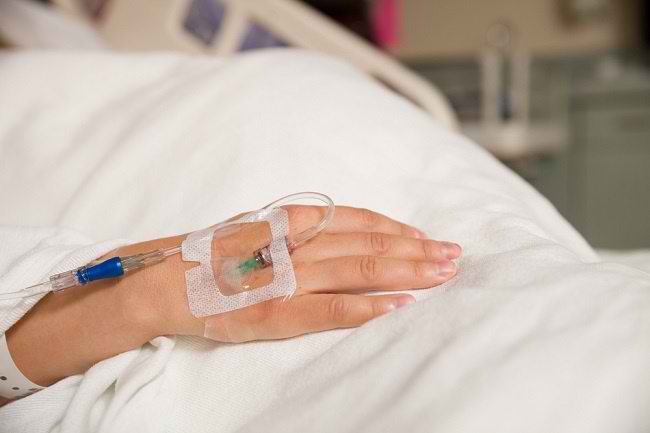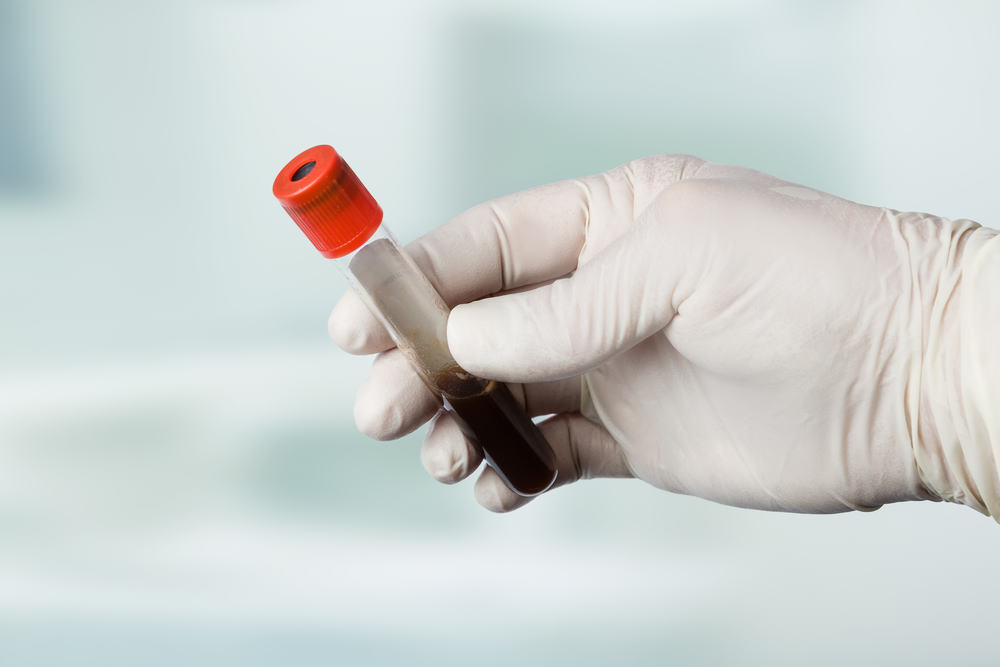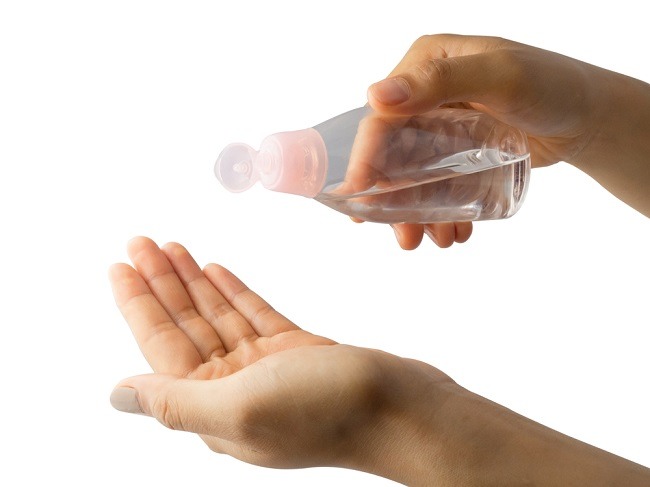Syringoma is a benign tumor in the form of small lumps and solid on the skin around the eyes, cheeks, neck, chest, abdomen, feet and hands,or around the genitals. It can be the same color as the skin, but can also appear yellowish, brown, white, or reddish.
Syringoma lumps usually appear in groups on the skin and spread over several parts of the body. These benign tumors can occur in anyone, but are more common in teenagers and women.

Syringoma is generally not itchy or painful, and does not have the potential to become cancer. But in some rare cases, syringoma lumps can be itchy, especially when the sufferer sweats.
Causes and Risk Factors for Syringoma
Syringoma can occur because the cells in the sweat glands are overactive, causing benign lumps or tumors on the surface of the skin. There are several conditions that make a person more at risk of developing syringoma:
- Family history of syringoma (hereditary)
- Down syndrome
- Diabetes mellitus
- Marfan Sindrom syndrome
- Ehlers-Danlos syndrome
In addition, hormonal changes are also considered to have an effect on the onset of syringoma. This is the reason why syringoma is more common in adolescents and in women during menstruation or pregnancy (especially vaginal syringoma).
How to Treat Syringoma
Syringoma is a benign and harmless tumor as described above. However, because this disease can look similar to other disorders of the skin, such as acne and milia, it is necessary to see a doctor.
After the diagnosis of syringoma is confirmed, there are two ways doctors can treat it, namely:
Administration of drugs
Applying TCA (trichloroacetic acid) in syringoma on a regular basis for several days as recommended by the doctor can make this lump shrink and then fall off.
Your doctor may also prescribe acne medications, such as isotretinoin tablets or topical creams containing tretinoin, to improve the appearance of the skin around the syringoma. However, these medicines should not be used by women who are pregnant or who are planning to become pregnant.
Medical treatment
The following are some medical actions that can be taken to treat syringoma:
1. Dermabrasion& peeling
This procedure is done by rubbing the upper skin layer of the syringoma until the tumor is eroded and can be removed from the skin surface. Apart from dermabrasion, syringoma can also be treated with: peeling.
2. Laser surgery
This procedure uses a laser beam to create heat, which burns and destroys the syringoma. This method is considered to have a lower risk of causing scar tissue.
3. Electrosurgery (cauterization)
The cauterization procedure uses a device with a needle-like tip. This tool will flow, to burn or cut the syringoma.
4. Electrodeskation and curettage
This procedure is similar to cauterization, but after burning the syringoma lump, the doctor will also scrape or scrape it off. This method can be used if the syringoma is deep enough in the skin layer.
5. Cryotherapy (frozen surgery)
This is done by freezing the syringoma using liquid nitrogen until the lump is released.
6. Operation
This is the usual surgical method with a scalpel. Syringoma surgery usually uses local anesthesia. Side effects of this procedure include pain, bleeding, and the formation of scar tissue on the skin.
Although syringoma lumps can be removed with some of the above treatments, often the lump will reappear.
If the sufferer does not feel disturbed, syringoma actually does not need to be removed. However, if this condition causes complaints or reduces your self-confidence, consult a dermatologist to get the right treatment.









